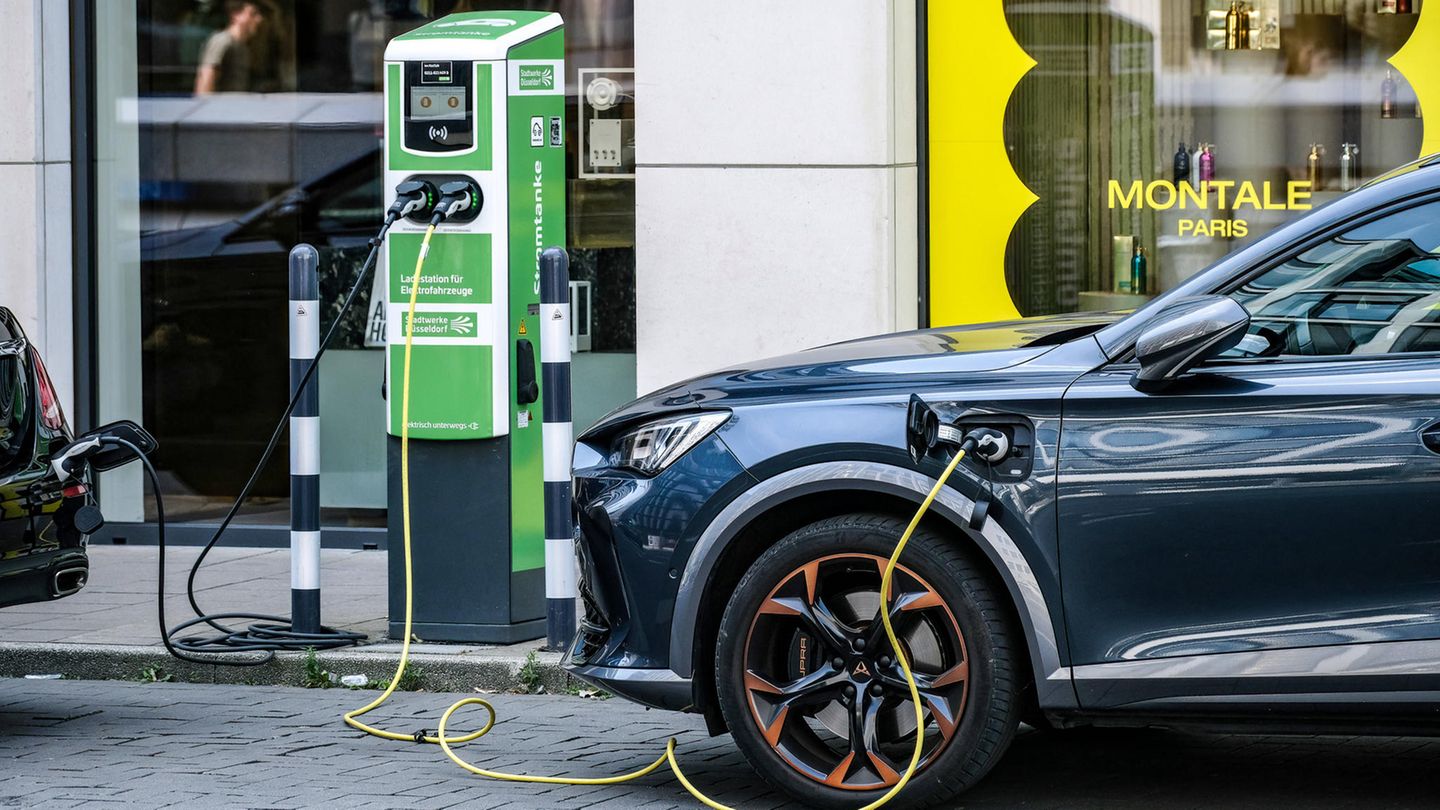Lithium has rarely been as sought after as it is today. The EU wants to use its own reserves to free itself from Chinese imports and drive forward the mobility transition. But is it that easy?
A battle is raging in Serbia that was actually settled a good two years ago. At that time, the government called off a lithium project worth billions because of environmental concerns among the population. Now activists, citizens and the government are facing off again. Once again, everything revolves around one question: should a treasure worth at least four billion euros be allowed to be mined in the Jadar Valley?
The population and activists in Serbia continue to fear that mining the raw material could contaminate the groundwater. The government therefore initially withdrew the mining license of the British-Australian mining company Rio Tinto. Two years later, it rowed back because the Constitutional Court declared the decision inadmissible.
Today, no one can boycott the project – not even the thousands of demonstrators who have turned the mine into a European arena for a global dilemma. Lithium is not a rare raw material, but in times when climate change is pushing for sustainable solutions, it is more in demand than ever. Without lithium, the technological progress of the last few decades would probably have been impossible. For Europe, it is therefore a symbol in the fight against climate change and China’s market power. Environmentalists see it as another symbol of the overexploitation of our planet.
No mobility transition without lithium
The light metal is mined as rock in mines or extracted from brine deposits in salt lakes. The electric car industry has become the largest consumer, because lithium is essential for the batteries of electric vehicles, for the mobility transition and for climate goals.
The demand is already high and will continue to grow. In order to meet climate targets, at least 30 million electric vehicles must be on European roads by 2030, a good half of them in Germany alone. According to Eurostat, the EU will still need more than 25 million electric cars by then. It is not entirely clear how many tons of lithium will be needed then. Between five and ten kilograms of the non-renewable raw material are needed per electric vehicle.
“Most quantities are now imported in products such as lithium-ion batteries,” explains Johannes Klinge. The research associate at the Öko-Institut deals with raw material extraction, recycling and lithium-ion batteries, among other things. He received his doctorate from the MEET battery research center at the University of Münster and says that the exact consumption can therefore only be roughly estimated.
The Commission expects that by 2030, at least twelve times as much lithium will be needed across the EU as today. By 2050, when Europe is to finally be climate neutral, demand could double again.
The road to your own lithium is long
Europe is not one of the leading lithium exporters on the global market. The largest exporting nation by far is Australia, followed by Chile and China. The latter is . In 2023, Germany spent more than nine billion euros on Chinese batteries. The majority of this was on lithium-ion batteries.
This is set to change in the future. According to one study, Europe could be able to fully cover domestic demand for batteries by 2027. This is at least what the planned production figures of European battery factories suggest.
And yet the international community would still be . Because the European reserves are not sufficient for several reasons.
According to the Federal Institute for Geosciences and Natural Resources, there are up to 20 usable lithium deposits in Europe. In addition to the Jadar Valley in Serbia, the Koralpe in Austria as well as Finland, Portugal and France are also considered promising candidates. In international comparison, however, the European resources are tiny. The EU Commission has also taken this into account in its import regulations in the Critical Raw Material Act, which is intended to ensure the supply of critical raw materials. According to this, no more than 65 percent of the lithium may come from a single third country.
But the country’s own supply is also at risk for other reasons. “In some places the deposits have not yet been developed, in others the technology to mine and purify the raw material is still being developed and in some places it is not yet entirely certain whether the light metal can be mined at all,” says battery expert Klinge from the Öko-Institut, listing the hurdles.
Once the deposits have been developed, it could take up to ten to 15 years before the metal is mined. But because the mobility transition needs to move faster, the EU wants to at least speed up the approval process.
“The only question is to what extent the relevant authorities can create capacity for the permits,” Klinge points out. Not all countries still have a lot of mining. This is largely no longer the case in Germany either. “That’s why the skills and experts to carry out the permits quickly are often lacking.”
The environmental-climate dilemma
And then there are the critics, for whom the dream of a green car ends with lithium mining. In Latin America, for example, environmental activists complain that mining destroys nature. Another sticking point is the lithium. Depending on the extraction method, several hundred to a thousand liters are needed per kilo. At first glance, lithium mining does more harm to the planet than good.
“The extraction of raw materials always involves interference with nature,” Klinge points out. However, it is not right to discredit e-mobility in general because of this. After all, the water consumption for a vehicle in its entire production, regardless of whether it is electric or combustion-powered, is very high. However, the environmental impact of the extraction and use of oil, which also produces enormous amounts of greenhouse gases, is far more problematic. Admittedly, there is still a long way to go here too.
Bicycles and trains would definitely be the more environmentally friendly alternative. “But when it comes to cars, we are dealing with vehicles with electric drives,” says Klinge. The combustion engines are clearly inferior to the alternative vehicles because of their high emissions. Raw materials such as petroleum cannot be recycled either.
Lithium, on the other hand, can. According to , around 15 percent of the raw material could be recycled by 2040. According to , 50 European companies are already trying to recycle it. Technically, however, this is still a challenge because there are different types of batteries but no standardized recycling method. If this changes in the near future, between 50 and 80 percent of the lithium in a battery could be recycled and one or two lithium mines could possibly be saved.
Source: Stern




